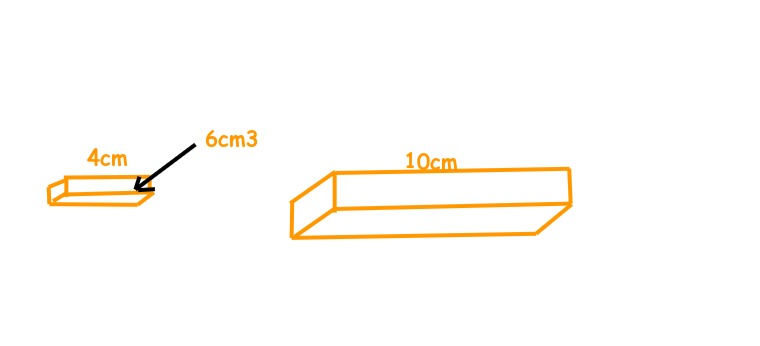Sin, Cos and Tan
- Mathsroar

- Jun 18, 2020
- 1 min read
Sin, Cos and Tan are confusing to many students. But the basic concept is - you don't need to know what they actually are. They're just useful when we're doing trigonometry. To start us off, let's do this question:

Find the length x.
There are 3 simple equations you need to know for this type of question:
SOH is:
sin(angle not 90) = O/H
Where H is the hypotenuse, and O is the side opposite the angle (which CANNOT be 90 degrees).
CAH is:
cos(angle not 90) = A/H
Where H is the hypotenuse, and A is the adjacent - the OTHER side next to the angle.
TOA is:
tan(angle not 90) = O/A
Where O is the side opposite the angle, and A is the other one which IS NOT the hypotenuse.
So how do we know which to use? Well, we simply check which 2 sides we know. But we only seem to know 1 side - the hypotenuse. That's fine, though, because even though we don't know x, we can 'pretend' we do.
x is the adjacent, so we know the adjacent and the hypotenuse. This means we use CAH:
cos(39) = x/11
Now we have to rearrange the equation to find x:
x = 11cos(39).
All we do now is put tjhis into a calculator and:
x = 8.55cm.
This might seem complicated, so go back and reread it a couple of times if you're stuck. After that, you can test yourself on it here:



Comments